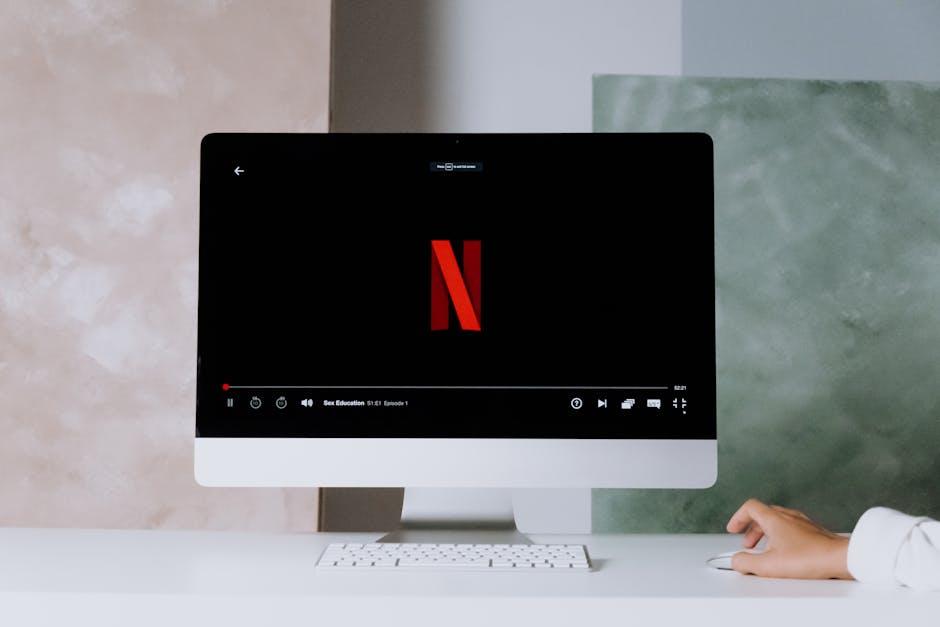In recent years, streaming services have revolutionized the way audiences consume media, offering unprecedented access to a vast array of content at the touch of a button. However, as these platforms become integral to our daily entertainment habits, a growing concern has emerged regarding the frequency and scale of price increases. This article seeks to analytically examine whether streaming services are raising their prices too quickly, exploring the economic, competitive, and consumer satisfaction dimensions of this trend. By assessing industry data, market strategies, and consumer feedback, we aim to provide a comprehensive understanding of the factors driving these price adjustments and their implications for the future of digital entertainment.
Factors Driving Price Increases in Streaming Services
The surge in streaming service prices can be attributed to several key factors. Content acquisition and production costs have skyrocketed as platforms compete to secure exclusive rights to popular shows and films, necessitating significant investment. This financial burden is often passed on to consumers. Additionally, technological advancements require continuous updates and enhancements to the user experience, which can be costly. These updates aim to provide seamless streaming, high-quality video, and innovative features that attract and retain subscribers.
Moreover, market dynamics play a crucial role. As competition among streaming services intensifies, companies are pressured to expand their libraries and offer diverse content, driving up operational costs. Licensing agreements also contribute to the upward price trend, as streaming giants negotiate deals to offer regional and global content. Furthermore, economic factors such as inflation and increased labor costs inevitably influence subscription fees. Collectively, these elements underscore the complexity behind the pricing strategies of streaming services, painting a picture of an industry striving to balance cost management with consumer satisfaction.

Comparative Analysis of Subscription Costs Across Major Platforms
In recent years, the landscape of streaming services has transformed dramatically, with a noticeable uptick in subscription costs across major platforms. This shift prompts an examination of the pricing strategies employed by industry leaders such as Netflix, Hulu, Disney+, and Amazon Prime Video. Netflix, for instance, has consistently increased its rates, citing the need to fund original content and maintain its vast library. On the other hand, Disney+ entered the market with a competitive introductory price but has incrementally adjusted its fees as its content library expanded, particularly with the integration of properties like Marvel and Star Wars.
To better understand these changes, consider the following observations:
- Netflix: Known for frequent price adjustments, often linked to enhanced content offerings and technology upgrades.
- Hulu: Offers a variety of packages, including ad-supported and ad-free tiers, with prices that have seen moderate increases.
- Disney+: Initial low pricing has been gradually elevated as exclusive content becomes a major draw.
- Amazon Prime Video: Often bundled with other Amazon services, its price is relatively stable, although it has increased in line with Amazon Prime’s overall subscription cost.
While these platforms justify their price hikes by highlighting enhanced user experience and exclusive content, consumers are left to weigh the value offered against the rising costs. The question remains whether these increases are justified or if they risk alienating their subscriber base.

Impact of Rising Prices on Consumer Behavior and Market Trends
As the cost of living continues to escalate, consumers are increasingly scrutinizing their discretionary spending, and streaming services are no exception. Consumers are becoming more selective in their choices, often opting for services that provide the best value for money. This shift in consumer behavior has led to several emerging trends:
- Bundling and Discounts: Consumers are gravitating towards services that offer bundling options or discounts, allowing them to maximize content access while minimizing costs.
- Churn Rate Increase: As prices rise, so does the churn rate. Customers are more willing to switch between services or cancel subscriptions altogether, seeking more affordable alternatives.
- Increased Demand for Quality: With higher prices, expectations for quality content have risen. Consumers demand a diverse range of high-quality programming, from original series to blockbuster films.
Market trends indicate that streaming services must adapt quickly to these changes. Strategic pricing and content offerings will be crucial for retaining subscribers. Companies that fail to align with consumer expectations risk losing their competitive edge in an increasingly saturated market.

Strategies for Consumers to Mitigate Costs While Maintaining Access
In a landscape where streaming service costs are escalating, consumers can employ several strategies to balance their budgets while still enjoying their favorite shows and movies. One effective approach is to rotate subscriptions. Instead of subscribing to multiple platforms simultaneously, consumers can choose one or two services to focus on each month, canceling and re-subscribing as desired. This not only reduces expenses but also allows users to explore the full catalog of a service without the distraction of multiple platforms.
Another tactic is to take advantage of family plans or shared accounts. Many streaming services offer multi-user packages that can be shared among family members or friends, effectively distributing the cost. Additionally, consumers can look for bundled deals, where services are offered together at a discounted rate, often including additional perks like free trials or exclusive content. Lastly, staying informed about promotional offers and discounts can lead to significant savings, as companies often provide limited-time deals to attract new subscribers or retain existing ones.







































